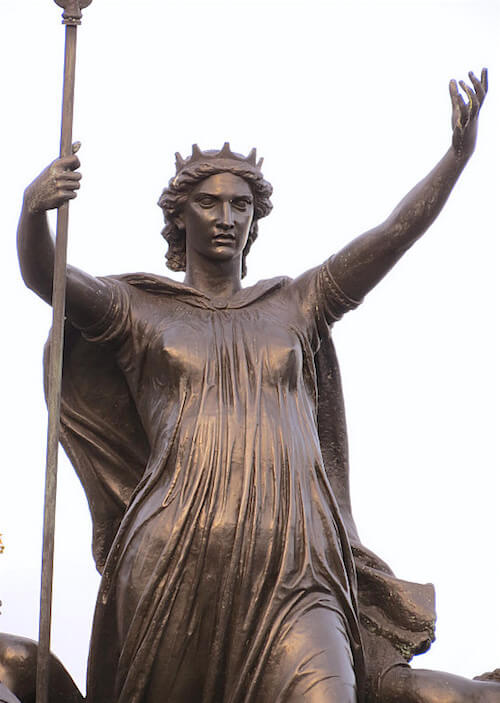 Sojourner Truth is one of the legendary activists that America all too often forgets about. Active during the nineteenth century, Truth was a respected abolitionist and feminist, whose public speaking skills were absolutely legendary. She was a 'radical' of the time, and lobbied for not only abolitionism and women's rights, but prison reform and an end to capital punishment. Not only that, Sojourner had guts. She escaped her cruel master, and successfully sued a southern family to get her son back from slavery. She repeatedly protested segregation of Washington DC streetcars by sitting in a section reserved for whites, despite having been thrown from the streetcar. This woman worked tirelessly her whole life to see positive changes in the world.
Sojourner Truth is one of the legendary activists that America all too often forgets about. Active during the nineteenth century, Truth was a respected abolitionist and feminist, whose public speaking skills were absolutely legendary. She was a 'radical' of the time, and lobbied for not only abolitionism and women's rights, but prison reform and an end to capital punishment. Not only that, Sojourner had guts. She escaped her cruel master, and successfully sued a southern family to get her son back from slavery. She repeatedly protested segregation of Washington DC streetcars by sitting in a section reserved for whites, despite having been thrown from the streetcar. This woman worked tirelessly her whole life to see positive changes in the world.Sojourner was born Isabelle Baumfree to a Dutch speaking couple who belonged to a Dutch speaking white man in New York state. Her date of birth was not recorded because racism, but it's guessed that she was born in the late 1790s. She was bought and sold a grand total of four times, and had five children before leaving* her master with the help of a local abolitionist family. This same family later helped her with the law suit that would return custody of Sojourner's son, Peter, to her.
After her escape Sojourner moved to New York City where she joined a cult and worked as a domestic servant. This inspired her to go west and become an itinerant preacher, and at age 52 she changed her name to 'Sojourner Truth'. As a preacher, Truth was introduced to Frederick Douglass and William Lloyd Garrison, who convinced her to speak out about abolitionism. She soon began championing women's rights as well.
 Sojourner spoke at hundreds of gatherings. She was a charismatic and persuasive speaker. She's best know for her moving 'Ain't I a Woman' speech given at a women's conference in Akron, Ohio. This speech is the first example of inter-sectional feminism--showing how women were not equal to men, and how black women were not equal to white women.
Sojourner spoke at hundreds of gatherings. She was a charismatic and persuasive speaker. She's best know for her moving 'Ain't I a Woman' speech given at a women's conference in Akron, Ohio. This speech is the first example of inter-sectional feminism--showing how women were not equal to men, and how black women were not equal to white women.To appropriate a lyric from Lin Manuel-Miranda, Sojourner was non stop. She started her activism career at 52, and in the time between that and her death forty years later she not only lobbied for an end to slavery, but she:
- Recruited young African-American men for the Union army
- Provided supplies for said army
- Consulted with the Freedmens' Bureau in Washington DC
- Lobbied for an African-American colony in the west so that freed slaves could become self-sufficient
- Protested segregation
- Assisted in helping freed slaves get settled on lands in Kansas
- Continued to fight for women's suffrage
She eventually settled in Battle Creek Michigan with her daughter, and continued to fight for equality until she died of old age.
 |
| Bust of Truth located in the US Capitol. She was the first African American woman to be honored in this way. |
*You'll notice I said 'leaving', not 'escaping'. Sojourner left in 1827, when, by New York law, she should have been emancipated. Her then master, John Dumont, claimed that she still owed him work. Sojourner wasn't having that, and she walked off one morning with her infant child Sophia.
Sources
History.com Biography
Biography.com
National Women's History Museum
National Parks Service Biography
Blackpast.org
Sojourner Truth Memorial
Architecture of the Capitol






